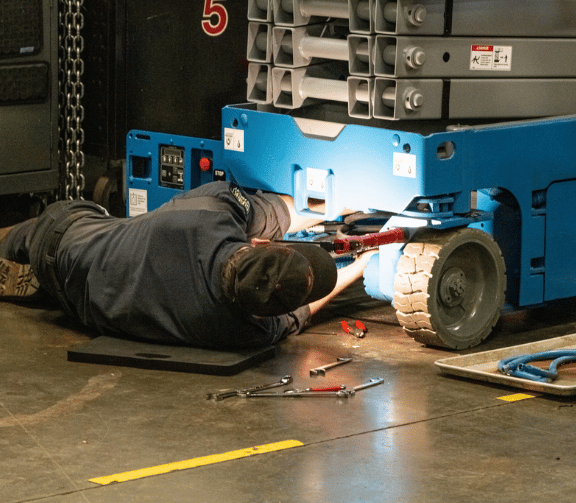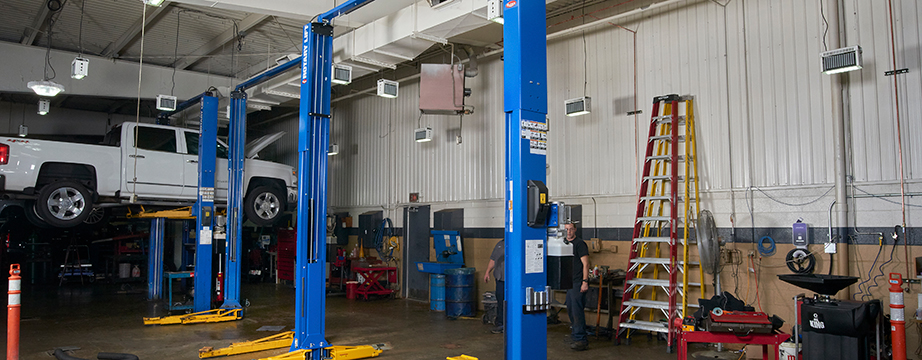Comprehensive Guide to Elevator Equipments and Their Maintenance
Navigating the intricate globe of lift systems and their maintenance is a job that requires precision and knowledge. From the numerous types of elevator systems being used to the careful adherence to security policies, the upkeep of these upright transportation gadgets is a diverse endeavor. As buildings soar greater and modern technology developments, the demand for an extensive understanding of lift systems ends up being progressively crucial. Join us as we unwind the complexities of elevator upkeep, checking out common concerns, best techniques, and sophisticated modern technologies that shape the modern landscape of vertical transportation.
Types of Elevator Solutions
The most usual types include hydraulic lifts, traction elevators, machine-room-less lifts, and vacuum cleaner elevators. Hydraulic elevators are ideal for low-rise structures and use a hydraulic piston to relocate the lift vehicle. Machine-room-less elevators are a space-saving option as they do not need a separate device room for the elevator machinery.
Each type of elevator system has its very own advantages and disadvantages, making it important for structure proprietors and programmers to meticulously consider their particular requirements prior to picking one of the most ideal choice. Elements such as building height, space schedule, energy performance, and budget constraints all play a significant role in figuring out the very best elevator system for a particular structure.
Usual Maintenance Concerns
Normal upkeep of elevator systems is vital to guarantee smooth procedure and lengthen their life expectancy. Despite normal maintenance, lift systems can still come across common upkeep problems that require to be promptly addressed to stop interruptions in service. Among the most constant problems is door breakdowns. Lift doors might get misaligned, bring about problems with opening and closing appropriately. This can cause hold-ups and security threats, requiring immediate attention from upkeep professionals. One more typical problem is connected to the lift's leveling accuracy. If the lift doesn't straighten appropriately with the floors, travelers may experience tripping hazards and pain. Furthermore, concerns with the control system, such as sensor problems or electrical problems, can trigger the elevator to breakdown or stop functioning entirely. Routine examinations and proactive upkeep can aid identify and resolve these common maintenance concerns before they intensify and impact the total efficiency of the lift system.
Security Rules and Conformity
Following strict security regulations and making sure conformity with industry requirements are paramount for maintaining the functional integrity of lift systems. Lifts undergo an extensive set of security guidelines to secure guests, maintenance employees, and the general public. Regulative bodies such as the Occupational Security and Health Management (OSHA) in the USA and the European Lift Organization (ELA) in Europe develop standards that cover numerous aspects of lift layout, procedure, upkeep, and setup.
Conformity with these regulations is not just a lawful requirement yet additionally an ethical obligation for structure owners and elevator upkeep firms. Failure to satisfy safety and security standards can result in fines, legal responsibilities, and, most notably, jeopardize the safety of individuals utilizing the elevator. Regular assessments, maintenance checks, and adherence to security protocols outlined in the laws are necessary to guarantee the effective and secure operation of lift systems. By focusing on security guidelines and conformity, stakeholders can promote the trust fund of the general public and reduce potential risks connected with lift usage.
Best Practices for Upkeep

Building owners ought to also take into consideration spending in modernization upgrades to enhance the performance and safety and security of their lift systems. By following these finest practices, lift systems can run efficiently and safely, providing trustworthy vertical transport for occupants.

Advanced Technologies for Efficiency
Applying sophisticated modern technologies in lift systems can considerably enhance functional performance and traveler experience. lift engineer course. One of the essential innovations in elevator modern technology is the introduction of location control systems. These systems enable guests to input their desired floor before going into the elevator, which after that guides them to one of the most reliable auto. By optimizing and lessening unnecessary stops travel paths, destination control systems reduce wait times and congestion in high-traffic structures.
Moreover, the integration of clever sensing units and anticipating upkeep capacities has actually revolutionized lift maintenance. These sensing units can spot potential issues before they intensify, enabling proactive maintenance interventions and minimizing downtime. Additionally, the usage of energy-efficient parts and regenerative drives aids decrease power consumption and operating costs in elevator systems.
In addition, the application of cloud-based surveillance and remote diagnostics permits real-time tracking of elevator efficiency and instant troubleshooting of any kind of malfunctions. This proactive technique not only enhances system reliability yet also improves the total user experience by ensuring uninterrupted and smooth lift operations.
Verdict
To conclude, recognizing the different types of lift systems, typical upkeep problems, security laws, finest upkeep methods, and progressed innovations for performance is vital for ensuring the smooth operation of elevators. By sticking to security laws and implementing best methods for maintenance, building proprietors can prolong the life-span of their lift systems and guarantee the security of travelers. It is necessary to remain updated on the most up to date advancements in elevator innovation to enhance performance and integrity.
The most typical kinds consist of hydraulic lifts, grip elevators, machine-room-less lifts, and vacuum cleaner elevators. Hydraulic lifts are ideal for low-rise structures and utilize a hydraulic piston to move the lift automobile. Machine-room-less lifts are a space-saving option as they do not need a different machine room for the lift machinery. Regular examinations and proactive maintenance can aid determine and resolve these typical from this source maintenance issues prior to they rise and affect the overall performance of the elevator system.
